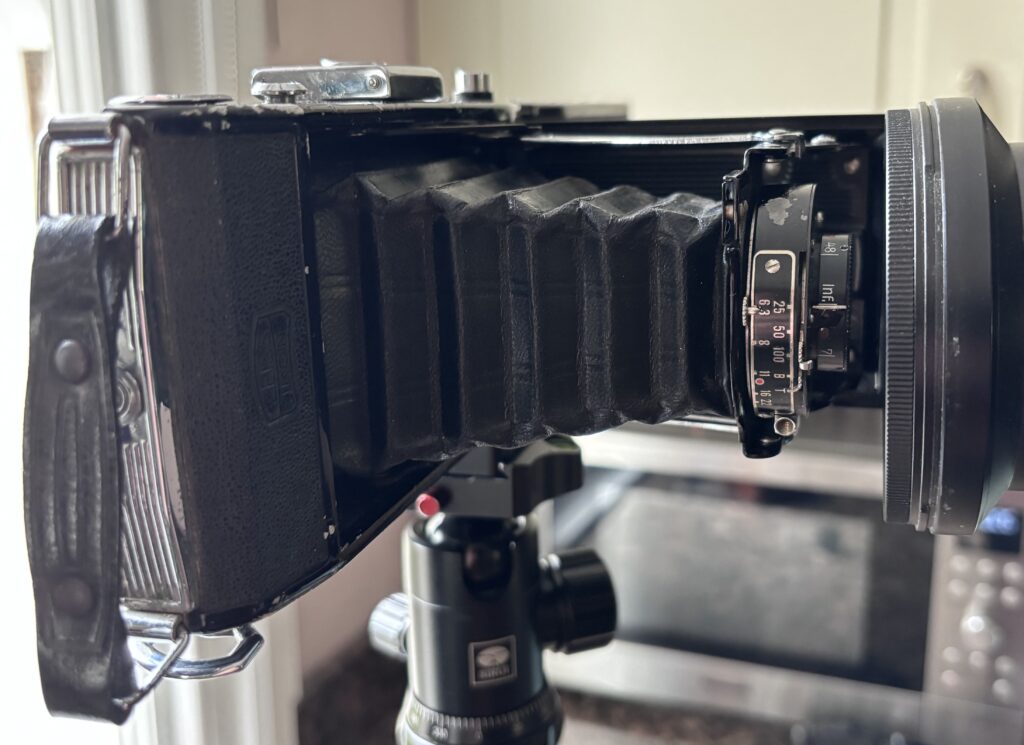
The story begins with a visit to a flea fair, where I succumbed to a Zeiss Nettar for what I hoped was a reasonable price. The paintwork was very chipped but the aperture was wo...

I have long been interested in trying a camera with larger negatives, but because the Fuji GW690 is rather expensive for something that might turn out to be of no more than nove...
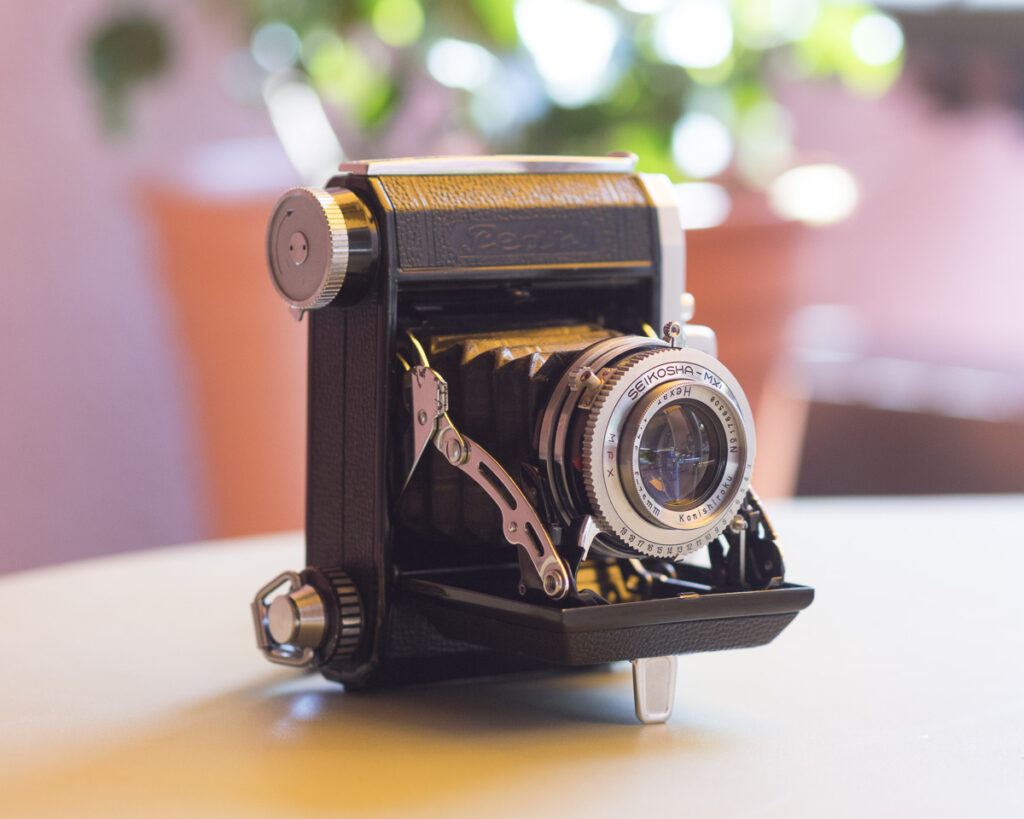
As much as I love film, I’ve always had a love / hate relationship with medium format. Spoiled by the speed of 35mm’s fast lenses and the liberal largesse of 4×5 and 5×...
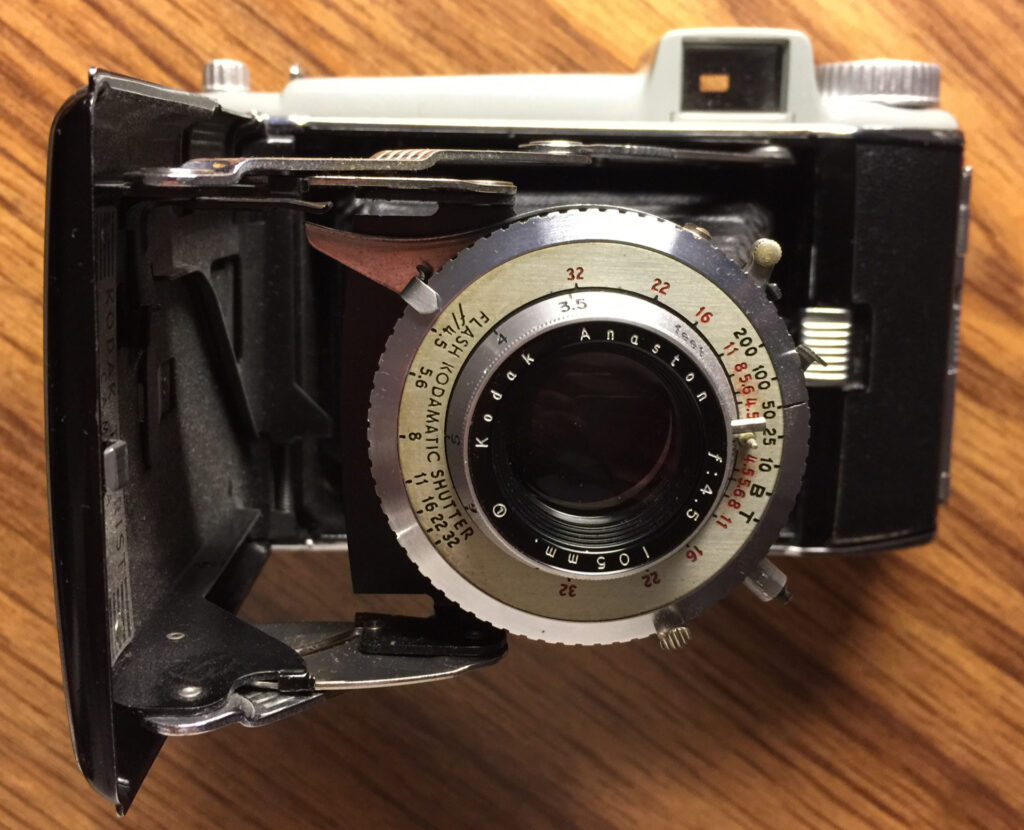
It’s possible that Kodak’s last medium-format folding cameras – the Tourist line – may also be the most transformable MF “pocket folders” ever made by anybody. Since...
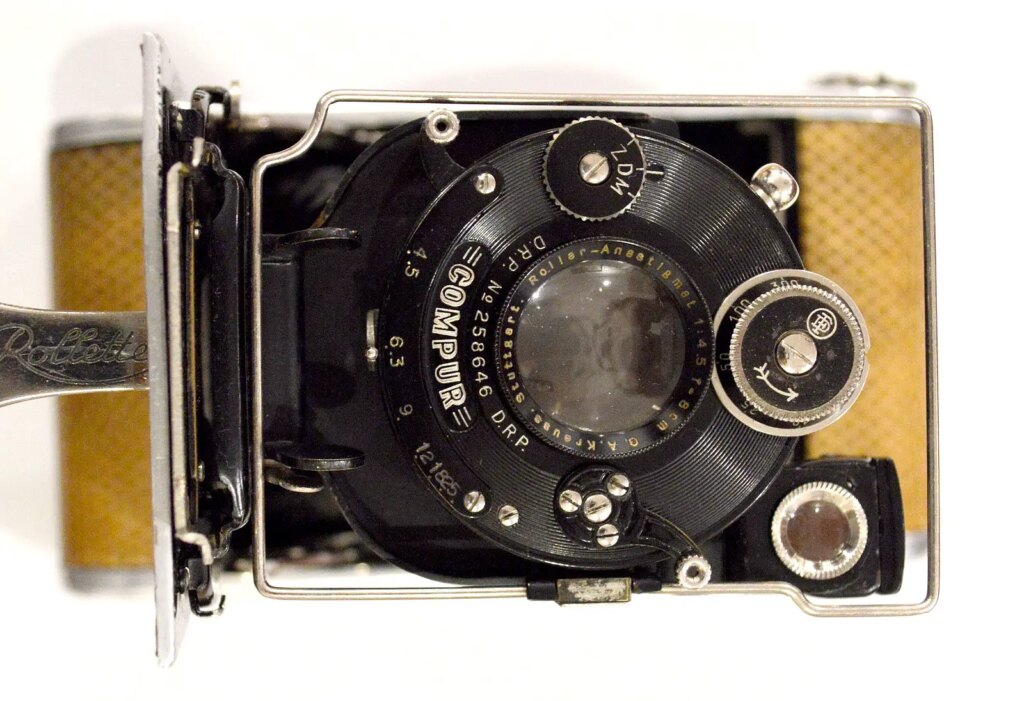
The Krauss Rolette Luxus got my attention twofold: it’s an exceedingly beautiful piece of machinery from the days of yore, and because it is related to the photographic past of ...
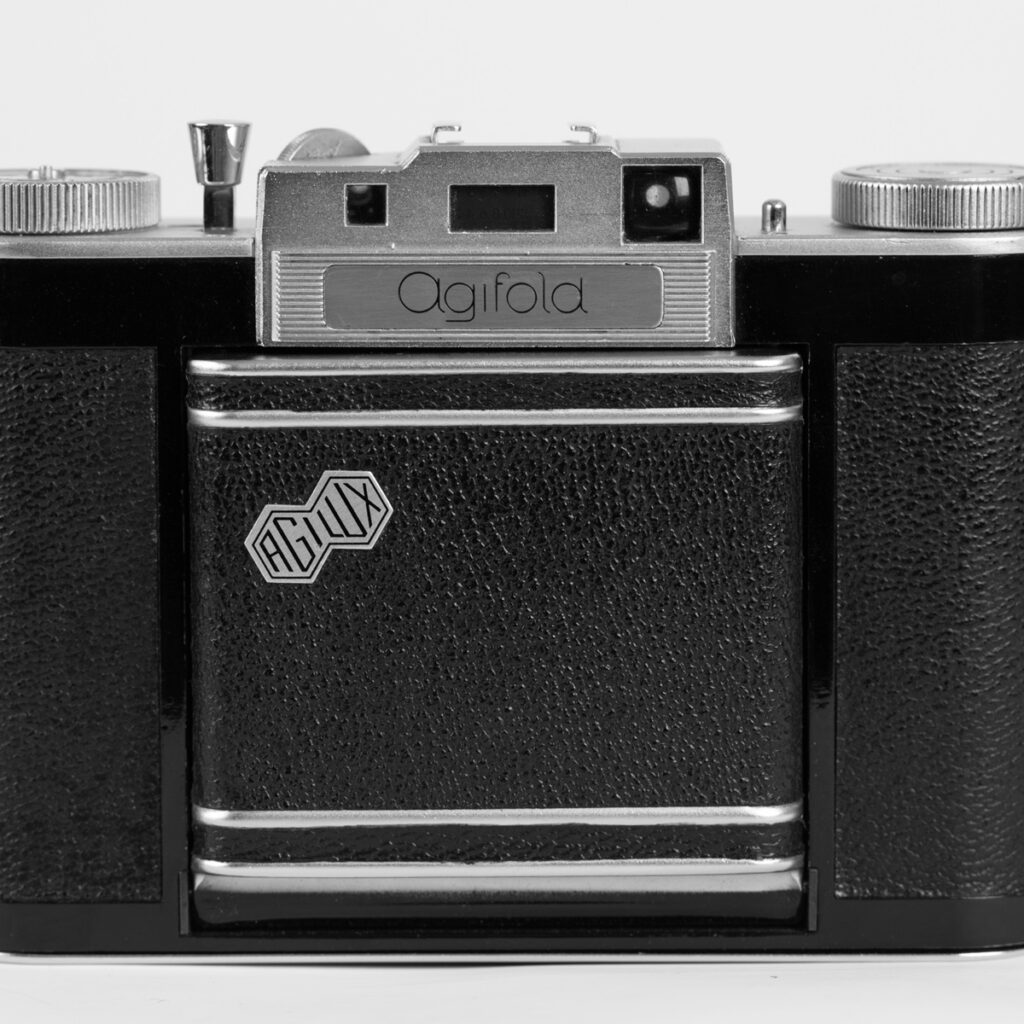
Taking stock of my collection one day I realised that there were no cameras that I really wanted to go out and use, which were not German or Japanese. Time try a lovingly crafte...
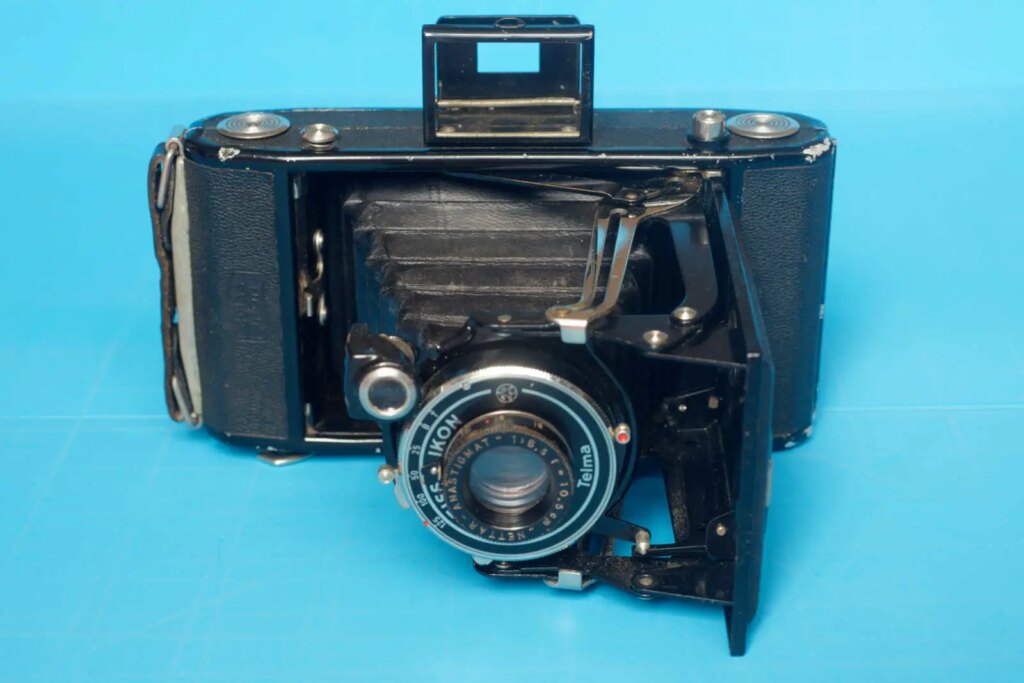
Previously, I’ve waxed lyrical about the Zeiss Super Ikonta 532/16 – a top of the line, pre-war German camera. As well as the super-sophisticated, super-heavy Super ...
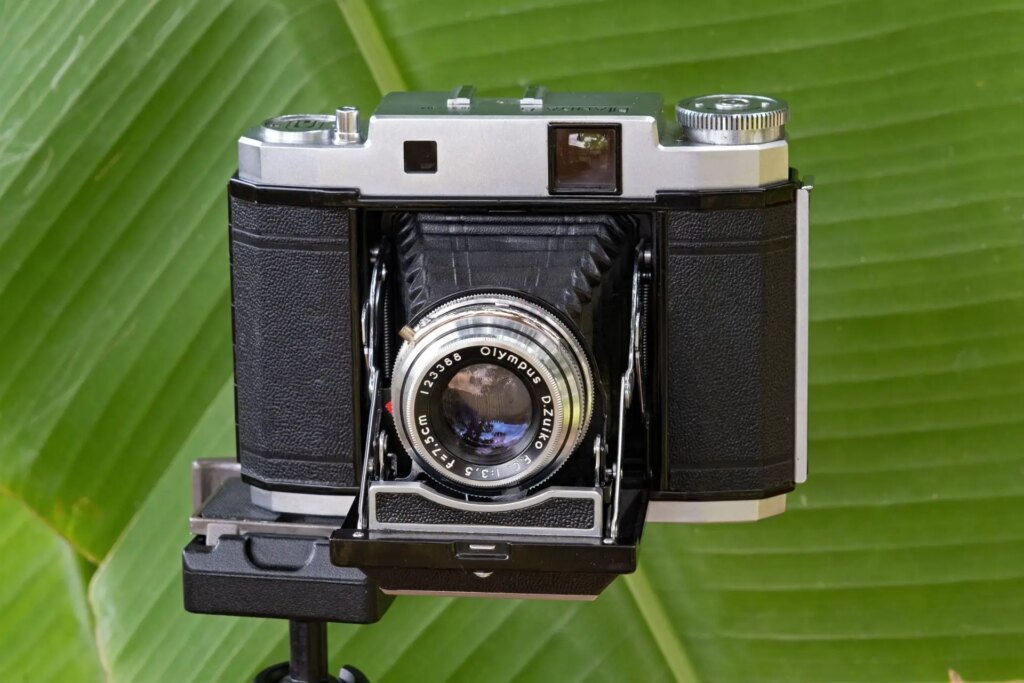
The Mamiya 6 Automat, a 1955 folding 6×6 camera has been reviewed most engagingly on Youtube by a bloke called Martin Henson, who has a great accent and a great photographi...








